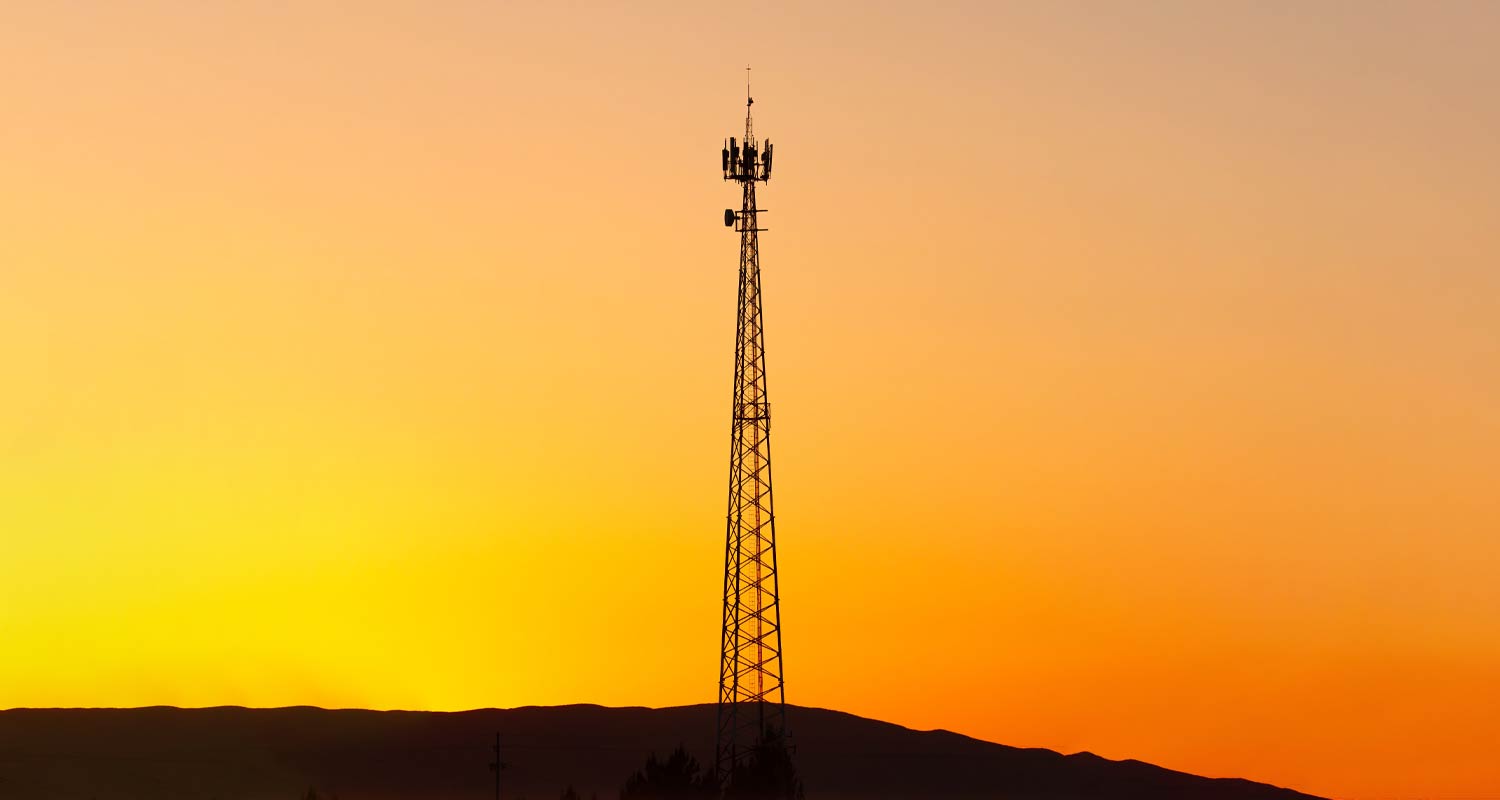 South Africa’s telecommunications operators collectively invest more than R25-billion/year in their networks. But how much does each invest, and how has that changed over time?
South Africa’s telecommunications operators collectively invest more than R25-billion/year in their networks. But how much does each invest, and how has that changed over time?
Competition for customers means operators must consistently spend big money to improve the quality of their network infrastructure and widen their geographical reach – or risk losing market share.
But how much does each operator invest, and how has that changed over time? TechCentral crunched the numbers.
The spend by the operators has trended higher over time, though historically Vodacom has been the biggest spender – which is not surprising given it also has the most customers.
The first key takeaway from the data (see the chart below) is Vodacom South Africa’s consistent progression in spending compared to rivals MTN South Africa and Telkom Group. Although Telkom’s capex numbers include investments in its fixed-line business, its total spend was higher than both MTN and Vodacom in 2010, correlating with the launch of 8ta – now Telkom Mobile – in October of that year.
However, MTN ramped up its spending from 2015 when capex reach R10.9-billion, nearly double the R5.6-billion spent the previous year. MTN maintained this heightened spending over a three-year period, with capex intensity – the ratio of capex to revenue – trending in the high teens over that time. The peak was in 2017 when MTN spent R11.4-billion, a number the operator has not matched since.
Network quality
While MTN’s spending continued trending lower until it bottomed out at R7.2-billion in 2020, Vodacom has shown a steady upward trend over the same period. Consequently, Vodacom’s spending is now peaking at levels similar to MTN’s highest numbers from a few years ago.
When Vodacom released its financial results for the 2024 financial year earlier this week, the operator revealed it spent R11.1-billion on network infrastructure in the period, nearly matching the record R11.2-billion spent the previous year.
Peaks in capex deployment tend to coincide with improvements in network quality. MTN’s deliberate ramp-up in infrastructure spend in the second half of the 2010s was its attempt at catching up to Vodacom in network quality and reach after a period of relative underinvestment. The play worked, and MTN went on to win numerous network quality related awards, with reports by the likes of Ookla – the owner of speedtest.net – rating MTN’s network as superior to Vodacom’s.
 The subsequent decline in capex intensity at MTN, from around 18% to 11% of revenue may, however, be starting to show. In July 2023, Vodacom was awarded the “best in test” award by independent benchmarking agency Umlaut for the first time in years. This single data point, when correlated with infrastructure spend by the two operators, may suggest that the tide is turning in Vodacom’s favour because of the investments it has made in its network, but it is still too early to tell.
The subsequent decline in capex intensity at MTN, from around 18% to 11% of revenue may, however, be starting to show. In July 2023, Vodacom was awarded the “best in test” award by independent benchmarking agency Umlaut for the first time in years. This single data point, when correlated with infrastructure spend by the two operators, may suggest that the tide is turning in Vodacom’s favour because of the investments it has made in its network, but it is still too early to tell.
Read: MTN SA capex tops R10-billion amid load shedding fight
Telkom’s capex spend is choppier than either of its larger competitors. One of the issues the operator faces is deciding how to direct its capex deployments in a manner that maximises the revenue the installed infrastructure subsequently generates.
At the presentation of Telkom’s interim results in November 2023, Telkom Consumer CEO Lunga Siyo told TechCentral that as a smaller operator, Telkom has had to be careful about where it spends its money to ensure its investments are not wasted.
Source: Author’s research; MTN and Telkom haven’t yet reported their FY2024 numbers
Siyo said Telkom Mobile relies on data about customer density and spending from its roaming partners to make decisions about infrastructure roll-out in areas where it previously had none of its own towers. The operator then uses cheaper 4G-only bundles to coax customers away from its roaming partners and onto its own network.
In recent years, higher levels of load shedding have been a strong driver of increased capital spending by South Africa’s mobile operators. The increase in network resilience investments can be seen in the uptick between 2021 and 2022 in Vodacom’s expenditure curve. MTN was a little late to the party in this regard, but the sharp ramp up between 2022 and 2023 shows a similar focus on spending on batteries and diesel generators.
A tough macroeconomic environment, characterised by high inflation and lower levels of disposable income for consumers, has also contributed the telecoms sector being under immense pressure. The corrosive effect this has on margins is forcing some operators to consider dialling back their capex intensity to minimise costs.
“Despite the economic backdrop, we remain committed to spending 13% to 14.5% of our overall revenue on capital expenditure that ultimately results in an enhanced customer experience through sustained investments in technology and network infrastructure,” Vodacom Group CEO Shameel Joosub said in a call with journalists on Monday. – © 2024 NewsCentral Media

